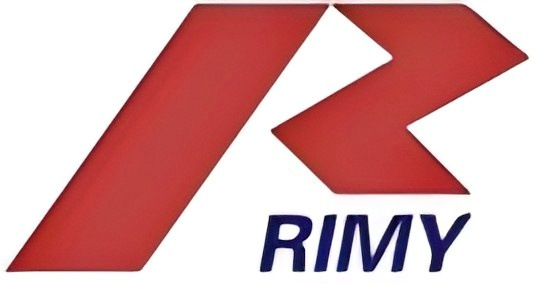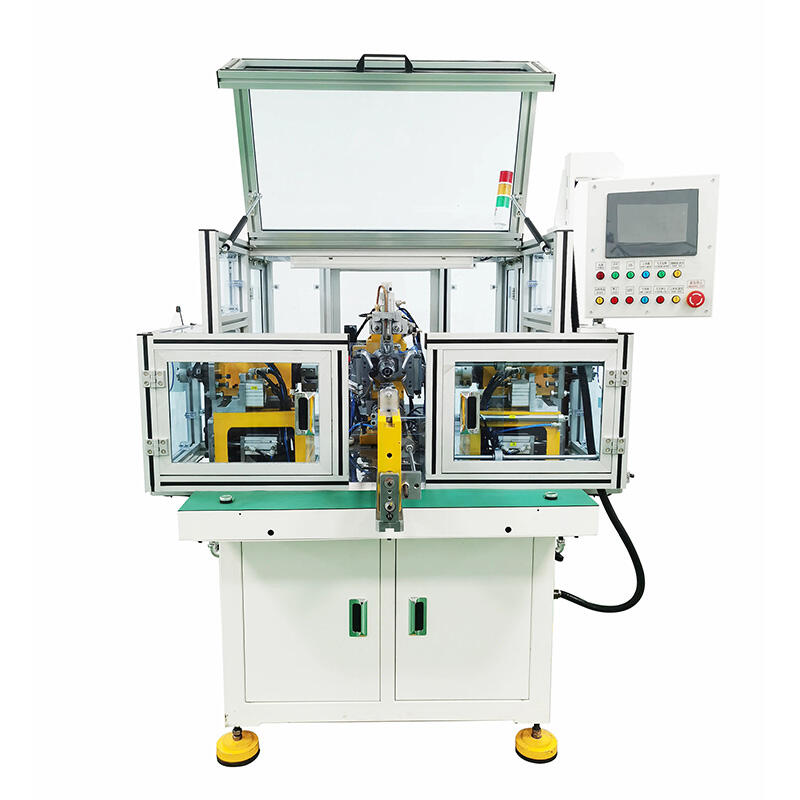The Evolution of Rotor Winding Technology in Modern Manufacturing
The manufacturing landscape has witnessed remarkable transformations in recent years, particularly in the realm of electrical component production. At the heart of this evolution lies the rotor winding machine, an essential piece of equipment that has revolutionized the way electric motors and generators are manufactured. These sophisticated machines have become increasingly advanced, incorporating cutting-edge features that enhance efficiency, precision, and overall production quality.
Modern rotor winding machines represent the culmination of decades of technological advancement and engineering innovation. They combine precision mechanics, automated controls, and smart manufacturing capabilities to deliver superior results in motor and generator production. Understanding their key features is crucial for manufacturers looking to optimize their production processes and maintain competitive advantage in today's demanding market.
Advanced Automation and Control Systems
Intelligent Programming Capabilities
Today's rotor winding machine systems come equipped with sophisticated programming interfaces that allow operators to precisely control every aspect of the winding process. These smart controls enable manufacturers to store and recall multiple winding patterns, making it simple to switch between different product specifications. The automation systems can handle complex winding patterns while maintaining consistent tension and wire placement throughout the entire process.
The integration of PLC (Programmable Logic Controller) systems has particularly enhanced the capability of rotor winding machines to execute complex operations with minimal human intervention. Operators can now program specific parameters such as wire tension, spacing, and winding speed, ensuring consistent quality across production runs.
Real-time Monitoring and Adjustment
Modern control systems incorporate real-time monitoring features that continuously track the winding process. Advanced sensors measure critical parameters such as wire tension, temperature, and positioning accuracy. This constant monitoring allows the rotor winding machine to make automatic adjustments when deviations occur, maintaining optimal production conditions at all times.
The ability to collect and analyze production data in real-time has also opened new possibilities for predictive maintenance and quality control. Manufacturers can now identify potential issues before they impact production and maintain detailed records of production parameters for quality assurance purposes.
Enhanced Precision and Accuracy
High-precision Positioning Systems
The incorporation of advanced servo motors and precision guides has dramatically improved the accuracy of wire placement in modern rotor winding machines. These systems can achieve positioning accuracy down to micrometers, ensuring perfectly aligned and uniformly spaced windings. The precise control over wire placement significantly reduces the risk of shorts and improves the overall efficiency of the finished motor or generator.
Additionally, modern machines utilize advanced tension control mechanisms that maintain consistent wire tension throughout the winding process. This consistency is crucial for achieving uniform winding density and preventing issues such as loose turns or excessive wire stress.
Quality Assurance Features
Modern rotor winding machines incorporate sophisticated quality control features that verify the accuracy of each winding operation. Integrated testing systems can perform electrical tests during and after the winding process, identifying potential defects immediately. This immediate feedback allows for quick corrections and reduces waste from defective products.
The combination of precise positioning and comprehensive testing capabilities ensures that each rotor meets exact specifications, leading to higher quality end products and reduced warranty claims.

Flexible Production Capabilities
Multi-wire Winding Technology
Contemporary rotor winding machine designs often feature the ability to handle multiple wires simultaneously. This capability significantly increases production efficiency by allowing parallel winding operations. The machines can manage different wire gauges and types, providing the flexibility needed to produce various motor designs on a single platform.
The multi-wire winding capability also enables manufacturers to create more complex winding patterns and achieve higher slot fill factors, resulting in more efficient electric motors and generators. This flexibility is particularly valuable for manufacturers who need to produce a diverse range of products.
Quick Changeover Systems
Modern machines are designed with quick-change tooling and adjustable components that minimize setup time between different product runs. Tool-less changeover systems and modular components allow operators to quickly adapt the rotor winding machine for different rotor sizes and configurations. This flexibility is essential for manufacturers dealing with varying production demands and custom orders.
The reduction in setup time not only improves productivity but also makes it economically viable to produce smaller batch sizes, enabling manufacturers to better respond to market demands and maintain lower inventory levels.
Safety and Ergonomic Considerations
Advanced Safety Features
The latest rotor winding machines incorporate comprehensive safety systems to protect operators and maintenance personnel. These include advanced emergency stop systems, light curtains, and interlocked guards that prevent access to moving parts during operation. The integration of safety features complies with international standards while maintaining production efficiency.
Modern machines also feature sophisticated wire handling systems that minimize operator exposure to moving parts and reduce the physical strain of loading and unloading materials. These safety improvements have significantly reduced workplace accidents and improved overall operational reliability.
Operator-friendly Interface
The human-machine interface (HMI) on modern rotor winding machines has been designed with operator comfort and efficiency in mind. Large, clear displays provide easy access to all machine functions and status information. Intuitive controls and touch-screen interfaces reduce operator training time and minimize the risk of errors during setup and operation.
Ergonomic considerations extend to the physical design of the machine, with comfortable working heights and easily accessible maintenance points. These features contribute to reduced operator fatigue and improved productivity during long production runs.
Frequently Asked Questions
What maintenance is required for a modern rotor winding machine?
Regular maintenance typically includes checking and calibrating tension control systems, cleaning guide components, inspecting wire paths for wear, and updating control system software. Most modern machines include predictive maintenance features that alert operators when specific components require attention, helping to prevent unexpected downtime.
How do modern rotor winding machines improve production efficiency?
Modern machines improve efficiency through automated operations, faster winding speeds, multi-wire capabilities, and quick changeover systems. The integration of advanced control systems and real-time monitoring also reduces defects and minimizes production waste, leading to significant improvements in overall equipment effectiveness.
What factors should be considered when selecting a rotor winding machine?
Key considerations include production volume requirements, types of rotors to be wound, wire specifications, available floor space, operator skill level, and integration capabilities with existing production systems. It's also important to evaluate the manufacturer's support infrastructure and the availability of spare parts and service in your region.

